““I am the combined effort of everybody I have ever known.””
influence, inspiration, experience
Growing up in the 70's, I was an active child - we all were. After school, on weekends and during the holidays we would explore the outside world and play. Unfortunately, once I left school, my levels of physical activity reduced significantly and I became more and more sedentary like many of that time.
Decades later when I think of the development of Primal Play, its philosophy and my experiences: derived from diverse sources - not all of them are 'fitness' related. Let me share with you a few of the influences that have shaped the Primal Play Method.
Animal Locomotion
I remember as a child crawling around with my friends as we mimicked animals and how they moved. Imitating as close as possible their power, speed and grace, visualising their environments. As an adult, these movements are certainly an excellent way to embrace whole-body movement and mobility.
Childhood
When we think of childhood of summers past, we often say things like, "We just went outside and played." But there was far more structure and formality than that. What did you play? I remember playing Cops and Robbers, Tag, British Bulldog, Leapfrog, Stick in the Mud, Hot Lava and many others - so many games to ensure we were not 'bored' and were entertained until mum told us to come inside for dinner.
Dance
Malcolm McLaren - Buffalo Gals, this song (more accurately the video) in 1981 introduced me to the world of breaking, locking, popping and waving. What was the most fascinating aspect of this dance form is that it was mainly improvisational in nature. It involved moves such as gliding where it appears that you are floating across the floor on ice, which was one of my signature moves. Battling was a non-contact form of competitive dance emulating a fight against other dancers. I won many 'challenges' in my youth.
Dynamic Tension
Dynamic Tension is a system of physical exercise that was popularised back in the 1920s by the bodybuilder Charles Atlas as a way for anyone to work out without weights. Instead of using free weights to build body mass, practitioners of Dynamic Tension use their body weight or resistance to force one muscle to push against another. The result is an increase in power, speed and muscle strength. My father introduced Dynamic Tension to me as a child, and although I didn't pay too much attention to it back then, I assimilate some of this into Primal Play today.
Gaming
I'm a fan of computer consoles and gaming and apply the concepts of game theory to drive participation and engagement in movement. If gamification is used appropriately, it can make the difficult stuff in exercise fun.
Imagination
I often use the psychology of guided imagery and creative visualisation; these techniques are often used to achieve peak performance in athletes, but I incorporate this practice to use the mind-body connection to improve the effectiveness of a playout. Many of the Primal Play games have been created this way.
Magic
I used to practice street magic and mentalism. What does Magic have to do with Primal Play? Well, one principle of magic is using misdirection, which in magic is a form of deception where you are made to focus on one thing to distract you from what is actually happening. I use misdirection not to trick or fool anyone but to shift the focal point of the practitioner's attention on what they can achieve, rather than on what they can't.
Martial Arts
I took up Shotokan and Wado Ryu Karate and Kung Fu as a child for several years into my early teens and participated in full-contact competition. As an adult, I undertook some coaching with the Shaolin in China, a great experience trying to recreate what I saw as a child watching Kung Fu movies in the 70's. The 'inner strength' components of martial arts have had the most bearing on Primal Play.
Music
Nobody yet knows why we respond to music, but it generates emotion pure and simple. As the artist Glideascope, I wrote compositions to evoke emotion; there's a connection between the body and mind when it comes to music, from triggering reflexes in the body through dance to triggering visual images in the brain. With Primal Play I use my approach to creating music to create activities that promote harmony and engagement between mind and body.
Parkour
I was introduced to Parkour, like many, watching the documentary Jump London in 2003. The skill, the superhuman feats of ability, the control of body and mind. Several years later I spent a couple of years doing parkour. However, I became increasingly concerned with the risk of injury, based on my constant chase of the adrenalin rush - more than anything else. I was just taking too many chances. I do utilise some of the principles, especially the focus and the emphasis on technique but with significantly reduced risk.
Programming
One of the fundamental techniques of computer science is abstraction; this is used to hide the underlying complexity of computer systems from the user. As a movement coach, I use a similar principle within the context of Primal Play to encourage the practitioner to focus on what is relevant and sufficient, rather than what is irrelevant and overly complicated.
Travel
I've been fortunate to travel to scores of countries across all seven continents. During this time I have witnessed games and have been introduced to rituals undertaken by children and adults all over the world, some designed to highlight winners and losers through competition, others to promote union and cooperation in those taking part.

















